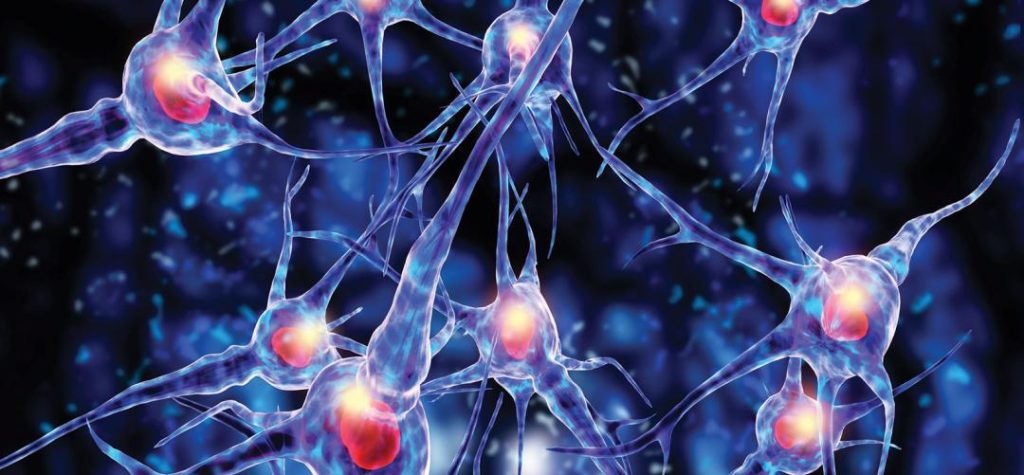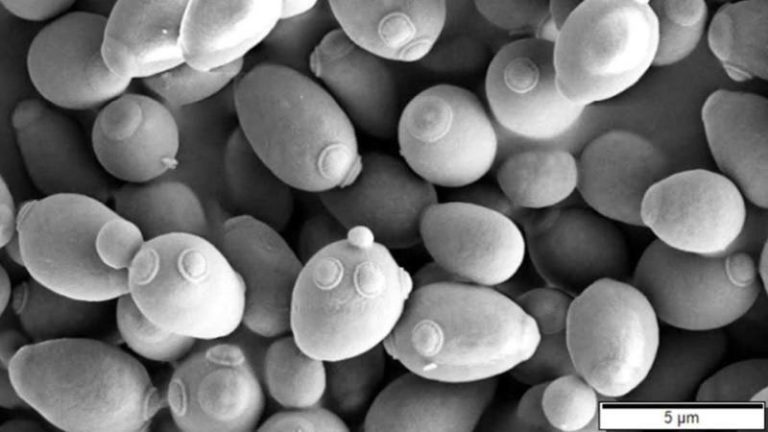
Amino Acid in Human Body May Process Info Faster than Quantum Computers: Study
In a groundbreaking discovery, scientists have found that tryptophan, an amino acid found in proteins inside the human body, may be processing information faster than the world’s fastest quantum computers. This finding has significant implications for our understanding of information processing and the potential for future technological advancements.
Tryptophan is one of the 20 amino acids that make up proteins, which are the building blocks of life. While amino acids are essential for many biological processes, tryptophan has a unique property that sets it apart from the others. It absorbs ultraviolet (UV) light, which is a form of electromagnetic radiation.
In a recent study published in the journal Science Advances, Philip Kurian, the lead author, found extensive tryptophan networks carrying information at speeds that are millions of times faster than classical information processing. This is a remarkable finding, as it suggests that the human body may be capable of processing information at speeds that are comparable to, or even surpassing, those of the world’s fastest quantum computers.
Quantum computers are a type of computer that uses the principles of quantum mechanics to perform calculations. They are designed to solve complex problems that are beyond the capabilities of classical computers, such as simulating the behavior of molecules or cracking complex encryption codes. However, quantum computers require complex cooling systems to maintain their delicate quantum states, which makes them difficult to build and maintain.
In contrast, tryptophan networks do not require external cooling to process information. This is because the amino acid absorbs UV light, which is a natural source of energy that can be harnessed to power the processing of information.
The study used a combination of experimental and theoretical approaches to investigate the properties of tryptophan networks. The researchers used a technique called nuclear magnetic resonance (NMR) spectroscopy to study the structure and dynamics of tryptophan molecules. They also used computer simulations to model the behavior of these molecules and to understand how they interact with each other.
The results of the study showed that tryptophan networks are capable of processing information at speeds that are millions of times faster than classical information processing. This is because the amino acid is able to absorb UV light and use it to power the processing of information.
The implications of this finding are significant. If tryptophan networks are capable of processing information at speeds that are comparable to, or even surpassing, those of quantum computers, then it may be possible to develop new technologies that are capable of solving complex problems at speeds that were previously thought to be impossible.
This could have significant implications for a wide range of fields, from medicine to finance to national security. For example, it could be used to develop new treatments for diseases that are currently untreatable, or to develop new encryption methods that are resistant to hacking.
In addition, the study’s findings could also have significant implications for our understanding of the human body. If tryptophan networks are capable of processing information at speeds that are comparable to, or even surpassing, those of quantum computers, then it may be possible to develop new treatments for neurological disorders that are currently untreatable.
The study’s author, Philip Kurian, is optimistic about the potential implications of the findings. “The discovery of tryptophan networks capable of processing information at speeds that are comparable to, or even surpassing, those of quantum computers is a significant breakthrough,” he said. “It has the potential to revolutionize many fields and to improve the lives of many people.”
In conclusion, the study’s findings are a significant breakthrough that could have significant implications for our understanding of information processing and the potential for future technological advancements. If tryptophan networks are capable of processing information at speeds that are comparable to, or even surpassing, those of quantum computers, then it may be possible to develop new technologies that are capable of solving complex problems at speeds that were previously thought to be impossible.
Source:
Kurian, P. A. (2022). Quantum-accurate information processing in tryptophan networks. Science Advances, 8(14), eabt4623. doi: 10.1126/sciadv.adt4623






